When I first started working on Buffer and learning on sites like TechCrunch about the kinds of amazing perks and benefits some startups provide, I thought unlimited vacation time sounded like such a great idea.
Giving everyone the opportunity to unplug whenever they needed felt so right that suddenly the “old world,” where you had a specific number of vacation days, didn’t even make sense to me.
So when new teammates would come on board at Buffer and ask how vacation works, we would tell them very gladly, “There’s no policy, take as much as you like!”
It was only after a few years of Buffer’s “no policy” policy that we discovered: People were barely taking any vacation.
How could such an amazing perk have such a counterintuitive consequence? Here’s what we’ve discovered about unlimited vacation and why we now give teammates an extra $1000 bonus to take time off.
After 3 years, a disconnected break
I wish the trigger for this vacation realization would have been that we were looking compassionately at our team members and figuring out how to make them happier.
The truth is, it was a lot more self driven.
After 3 years of going nonstop, Joel and I were tired. I turned to him (or maybe he turned to me) and said, “We need a vacation. This is something we really need to do.”
We went on our first-ever vacation from Buffer all the way to Mexico, and we got really lucky: We had rented an apartment that was supposed to have internet but didn’t, and our cell phones didn’t work there either.
It felt almost like a miracle of no internet access. I could finally read, sleep in, have breakfast at 11 am. It was an actual vacation.
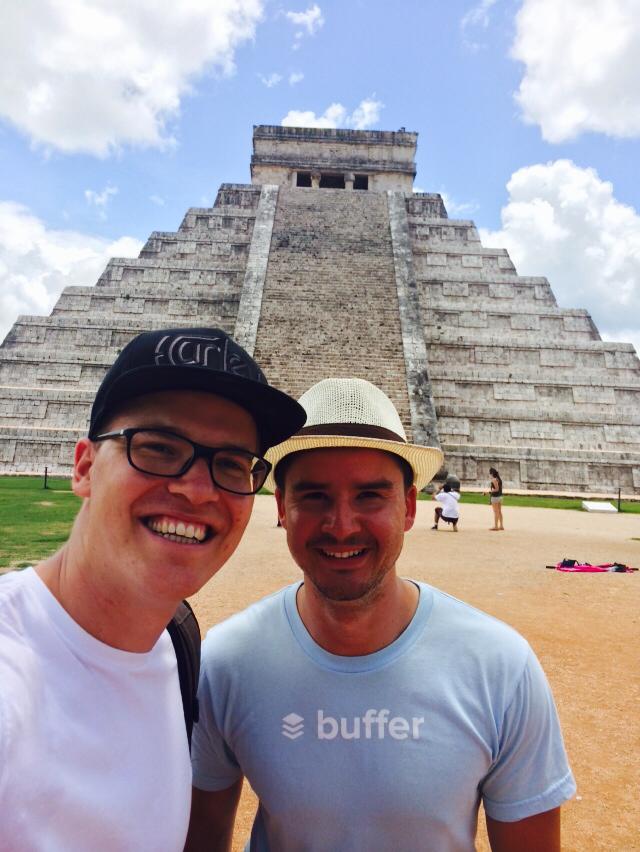
One day in, we were still talking about Buffer, Two days in, it was a bit less.
By the third day, we had almost completely stopped talking about Buffer stuff. We talked about philosophy, read books, went to the beach, went to the gym—all the things you do when you have time on your hands and don’t have to fill it up with anything.
We eventually managed to completely get Buffer out of our minds, and the results of truly disconnecting felt amazing.
Buffer’s new policy: At least $1,000 to take off
When we returned, Joel and I hoped that our vacation would be a good example for the rest of the team—but we didn’t want to bet on it.
We had learned that with unlimited vacation policies, what’s OK to take is—intentionally or not—mostly dictated by founders.
Since we weren’t taking any, our team wasn’t taking any either—or they were doing it in a very guilt-driven way, since they could see it wasn’t the norm.
When we learned Evernote had a similar approach to vacation and also added an extra $1,000 bonus to take a week off, that’s what we aimed to do, too.
Here’s what we came up with:
- We highly encourage each teammate to take at least a weeklong vacation every year.
- Buffer pays a bonus of at least $1,000 per teammate to help make it happen.
- We also added an extra $500 for partners/each additional family member. (So a 4-person family gets $2,500 to go on vacation, while a single person still gets $1,000.)
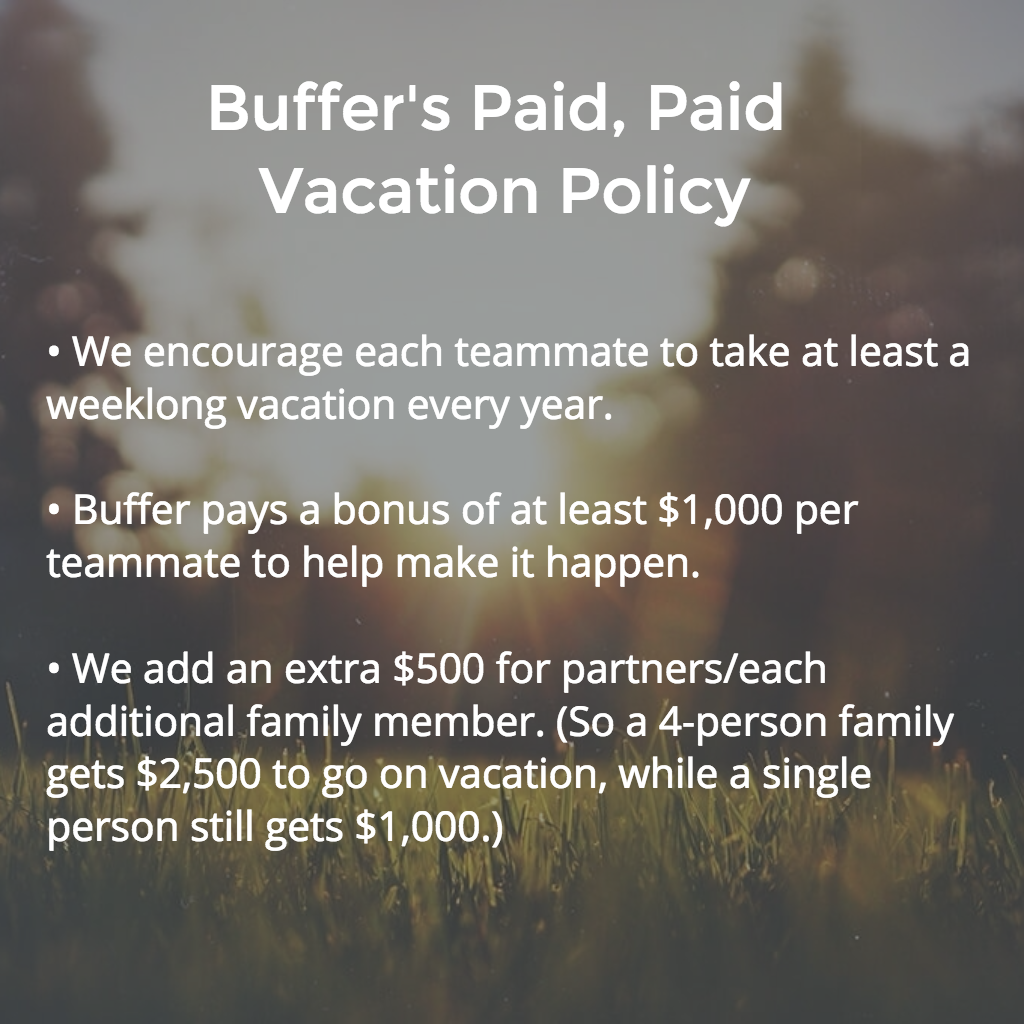
At our retreat in New York last fall, we told the team what we wanted to do.
Immediately, we felt that this had a much bigger impact than we had even thought it would. I remember Adam walking up to me afterwards nearly in tears he was so grateful.
On the whole, it’s not that big of a financial burden to Buffer at all. But it might make a big difference to the whole team.
The results: Way more vacations!
By just giving that one extra incentive, we thought our vacation challenge would take care of itself.
We wanted to see how it worked, and now we know. This year, 80% of the Buffer teammates (25 of 31) who were around when we started the policy have collected their vacation bonuses thus far, as compared to the 36% (9 out of about 25) who took a vacation in the year before we added the bonus. (We’ve also grown the team a lot; for those new teammates the $1,000 bonus is available and resets on their first day as a full time team member following boot camp.)
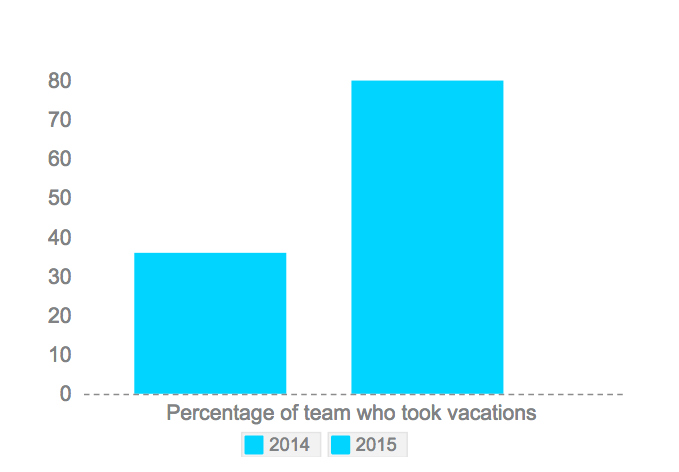
It’s been amazing to see that people have gone on some incredible adventures and shared such cool stories.

There were cruises, RV trips and adventures from New Zealand to Japan to Hawaii, and at least one staycation, too.
We collected some impressions and photos in our first Buffer Vacation Bonus photo album. Maybe it’ll give you a few ideas for your next vacation!
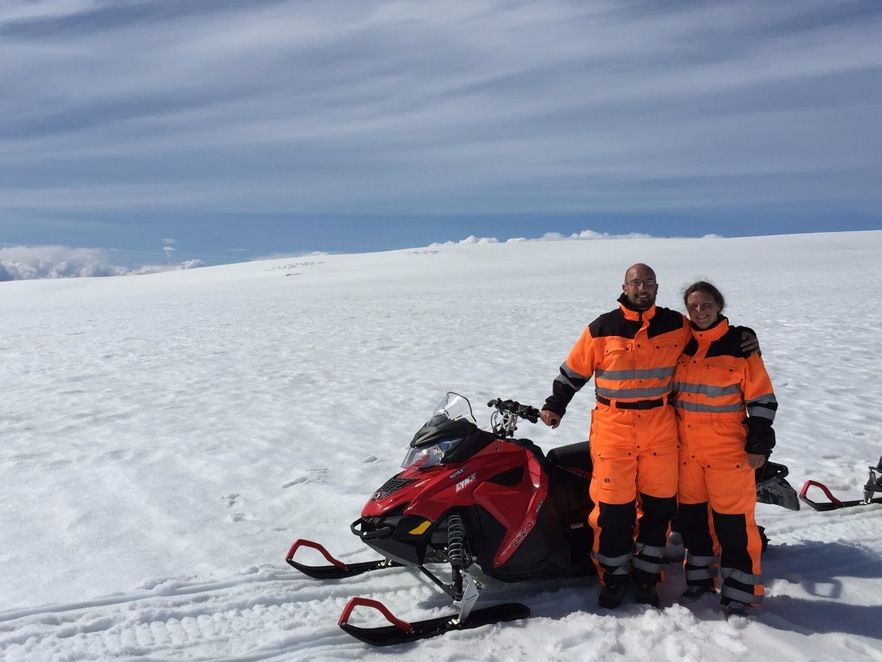

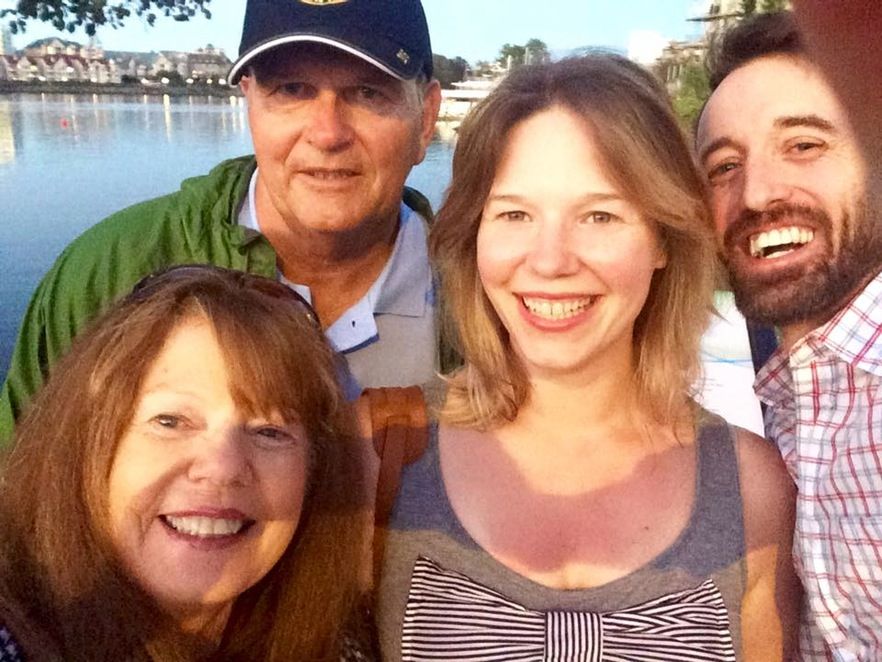


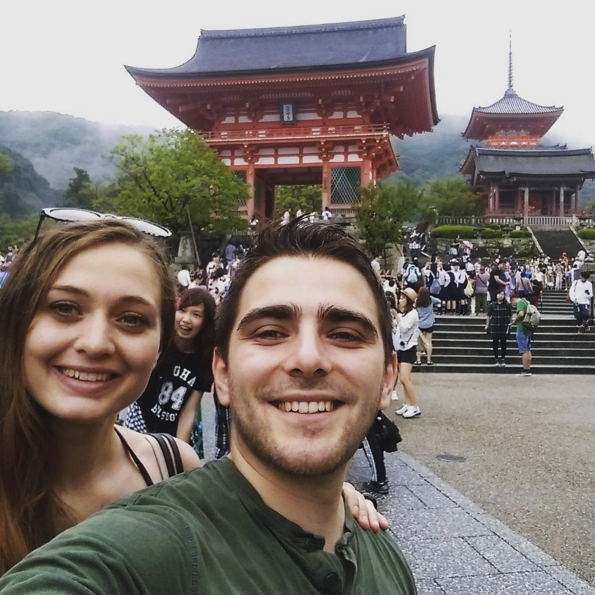




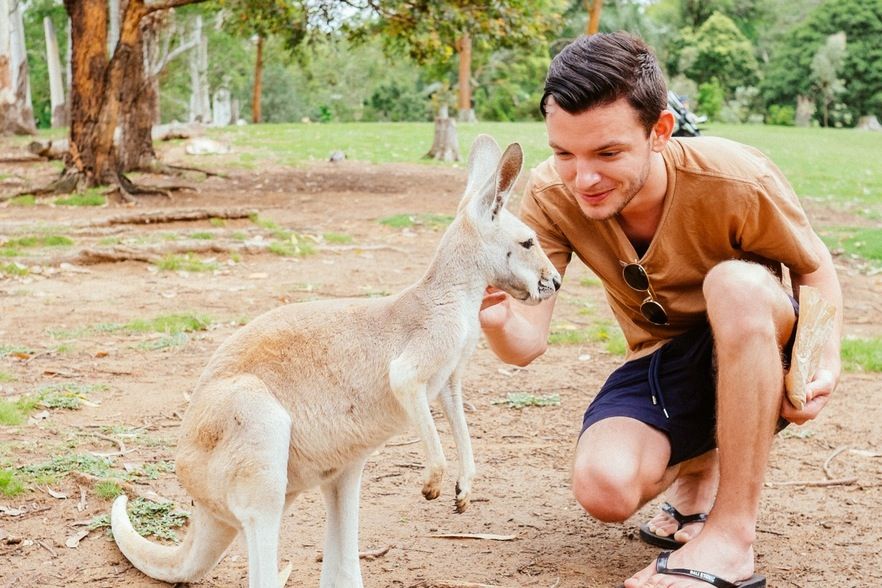
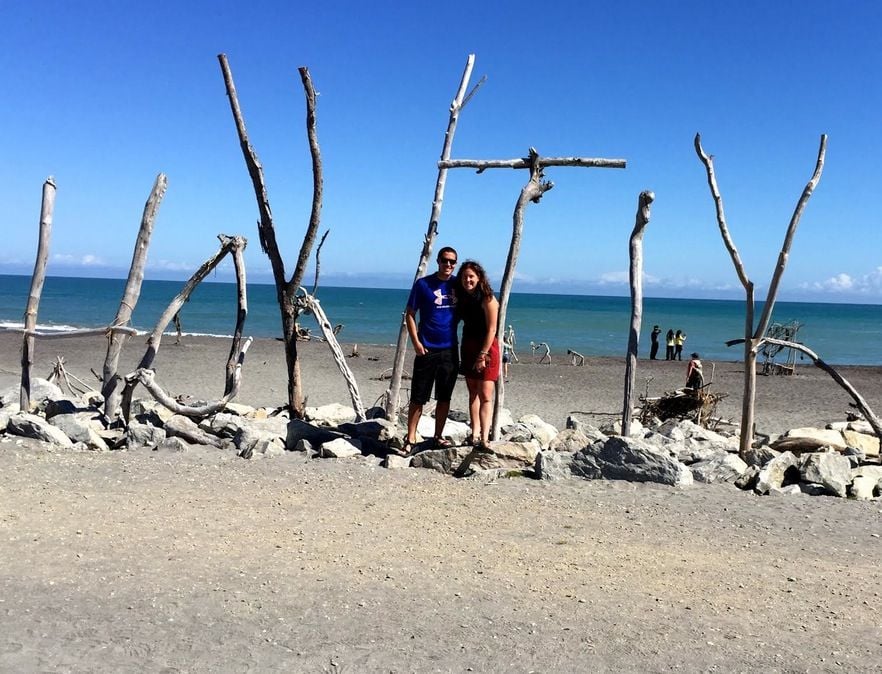
Tell us about your vacation!
Considering unlimited vacation time at your company or wondering how to navigate this unique benefit? We’ve got even more thoughts on unlimited vacations and a few tips and strategies to share.
I’d love to hear: How would you feel about an unlimited vacation policy? When’s the last time you took some vacation time (and where did you go)?
Tell us all about it in the comments!
Try Buffer for free
190,000+ creators, small businesses, and marketers use Buffer to grow their audiences every month.


